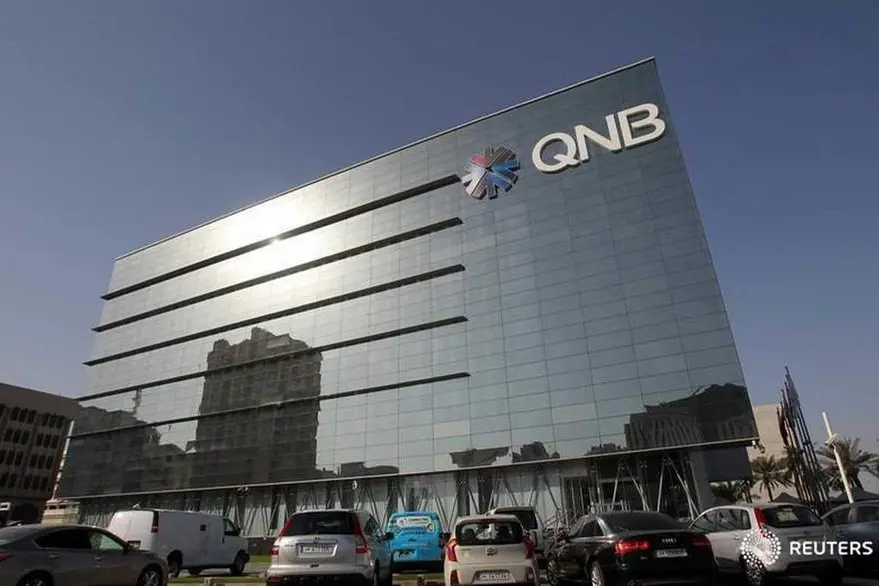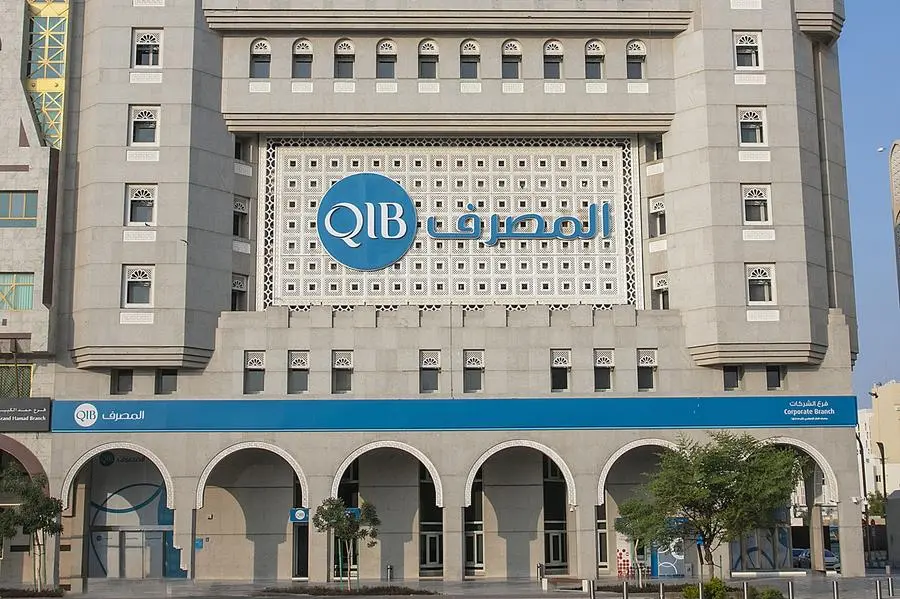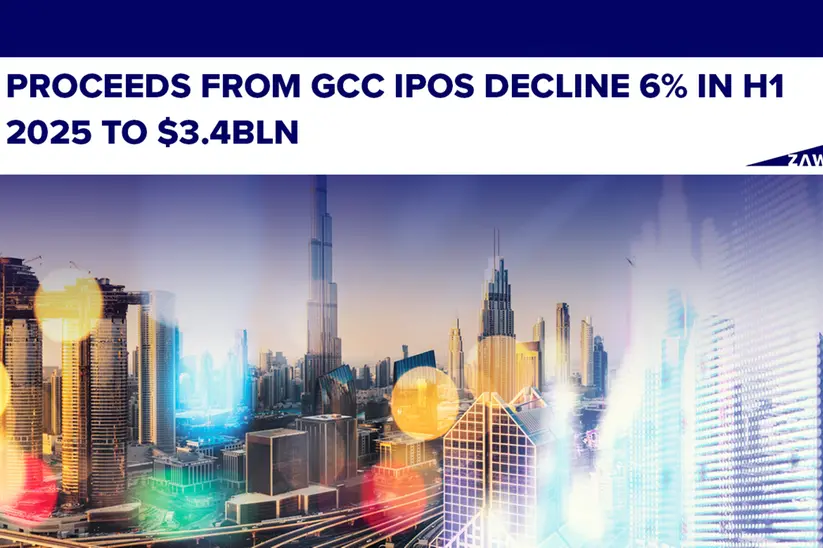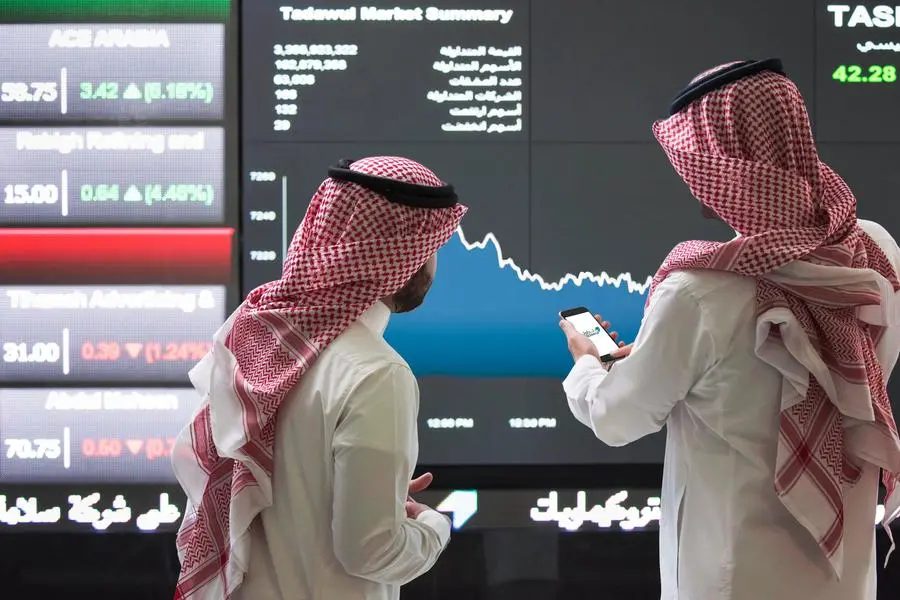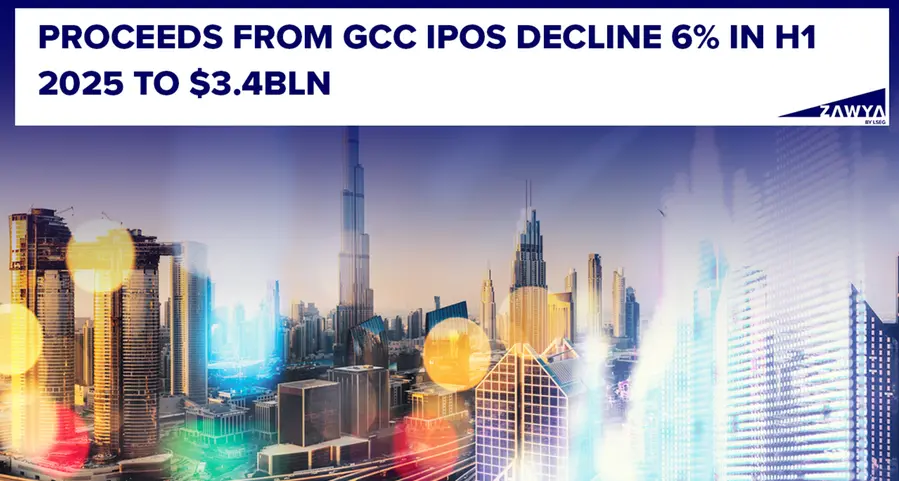PHOTO
Aerial view of the city of Nairobi when coming in to land from the Maasai Mara, Kenya in July. Getty Images
Kenyan banks have flagged a 30.55 percent surge in suspicious transactions related to terrorism financing, underscoring a need to strengthen anti-money laundering/counter-terrorism financing regulations.
New disclosures by the Financial Reporting Centre (FRC), Kenya’s financial intelligence unit, show that banks and other credit institutions reported 94 transactions related to terrorism financing in 2024, compared with 72 in 2023, while suspicious transactions related to money laundering increased 18.73 percent to 7,193.
Lenders’ total suspicious transaction reports increased by 18.85 percent to 7,287 from 6,131 during the period under review.
Money Transfer Operators (mobile money and money remitters) reported a 26.5 percent decline in suspicious transactions related to terrorism financing to 61, from 83, while fish deals related to money laundering jumped by 77 percent to 563.
The telcos’ suspicious transaction reports increased by 55.61 percent to 624. Foreign exchange bureaus’ suspicious transaction reports declined to 12 from 14, with those relating to money laundering falling by the same margin.
The number of STRs reported by capital markets and securities operators more than tripled to 93 from 26, with the suspicious transactions being solely related to money laundering.
Insurance companies, life and insurance brokers and agents reported an18.75 percent increase in the number of suspicious transaction to 38 from 32 with one suspicious transaction related to terrorism financing, while suspicious transactions related to money laundering grew to 37 from 31.
Lawyers , advocates and real estate agents reported only one suspicious deal each, related to money laundering while accountants and casinos did not report any.
The total number of suspicious transaction reports received by the FRC from institutions and whistleblowers roe by 22 percent to 8,057 from 6,631 in 2023.
The highest number of suspicious dealings were reported in August (843) and July (784).
The FRC attributed the increase in suspicious transactions during this period to heightened financial among corporations and state agencies during closure of the financial year, which is customarily characterised by settlement of outstanding obligations and pending bills.“Equally, the training programmes that were rolled out to reporting institutions also enhanced the number of reports filed to the centre. Moreover, the enhancement of risk-based controls by reporting institutions following Kenya being designated as a jurisdiction under increased monitoring also contributed to the quality and volume of the reports,” the report says.
The banking sector has maintained its consistency as the primary source of suspicious transactions and reported the highest STRs in July and August last year, at 700, and 724 respectively.
But the non-banking sector has increased reporting by 66 percent, where revelations grew 17 percent, according to the report.
The Financial Action Task Force (FATF) placed Kenya on its infamous grey list in February 2024, because of deficiencies in combating money laundering , terrorist financing and proliferation financing. Uganda was removed from the list.
Some of the reasons cited for Kenya’s grey listing included failure to prosecute money laundering and terrorism financing, a lack of regulations for cryptocurrencies, non-profit organisations, and the absence of a robust risk-based approach towards anti-money laundering and countering terrorist financing.
Grey-listing means Kenya risks low investor confidence, difficulty when conducting cross-border transactions, and hurdles in accessing financial services, due to heightened compliance needs.
Countries on grey list are placed under increased monitoring due to strategic deficiencies in meeting international norms aimed at combating money laundering and terrorism financing.
In 2010, FATF placed Kenya on a list of high-risk countries for delays in enacting laws to tackle criminal financial activity as well as a failure to track money laundering. It was removed from the list four years later.
The FATF’s decision-making body, the FATF Plenary, meets three times per year (February, June and October) and holds countries to account if they do not comply with the standards.
© Copyright 2022 Nation Media Group. All Rights Reserved. Provided by SyndiGate Media Inc. (Syndigate.info).





